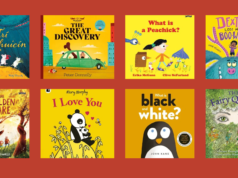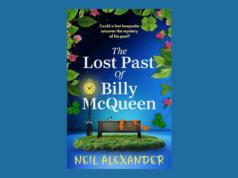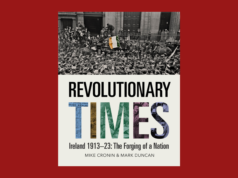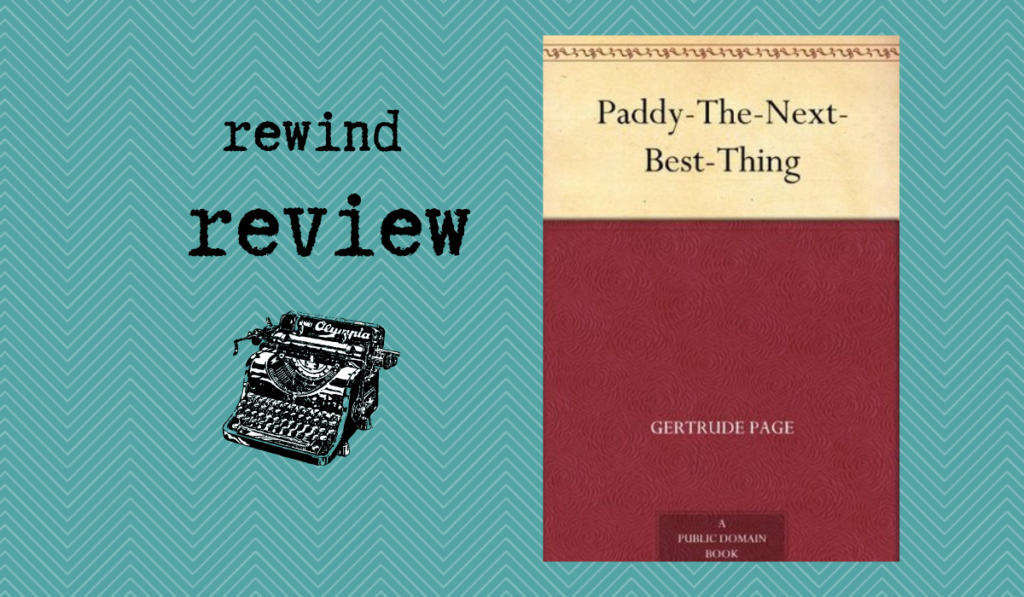
by Tony Canavan
I first came across the novel Paddy The Next Best Thing about twenty years ago when an elderly friend asked me if I could find a copy for her. A resident of Omeath, a village in Co. Louth, she had fond memories of the book from her youth and was enchanted that the novel was located in the village and the surrounding area. I was intrigued too, as I had never heard of the novel and inquiries with bookdealers of my acquaintance drew a blank. In the end, a letter to Ireland’s Own unearthed two people with copies to sell. I gave one to my friend and kept the other for myself to read. The novel is by Gertrude Page, an immensely popular and prolific novelist in her day.
I did not know what to expect from Paddy The Next Best Thing and was surprised to find it was a romantic novel, an example of the ‘chick-lit’ of its day. The pleasure in recognising locations and getting an insight into life around Carlingford Lough in the early twentieth century was offset by the superficial portrayal of Irish people. Perhaps I had expected too much from what was always meant to be a piece of entertainment. Published in 1908, Paddy The Next Best Thing was a huge international bestseller in its day (my copy is from the twenty-seventh edition) upon which a stage play and two films were based, so Gertrude Page got something right. Further research revealed that she was a very successful novelist whose books were read around the world and which inspired films and plays. She is largely forgotten now and serves as a salutary lesson for those who think that commercial success equals great literature.
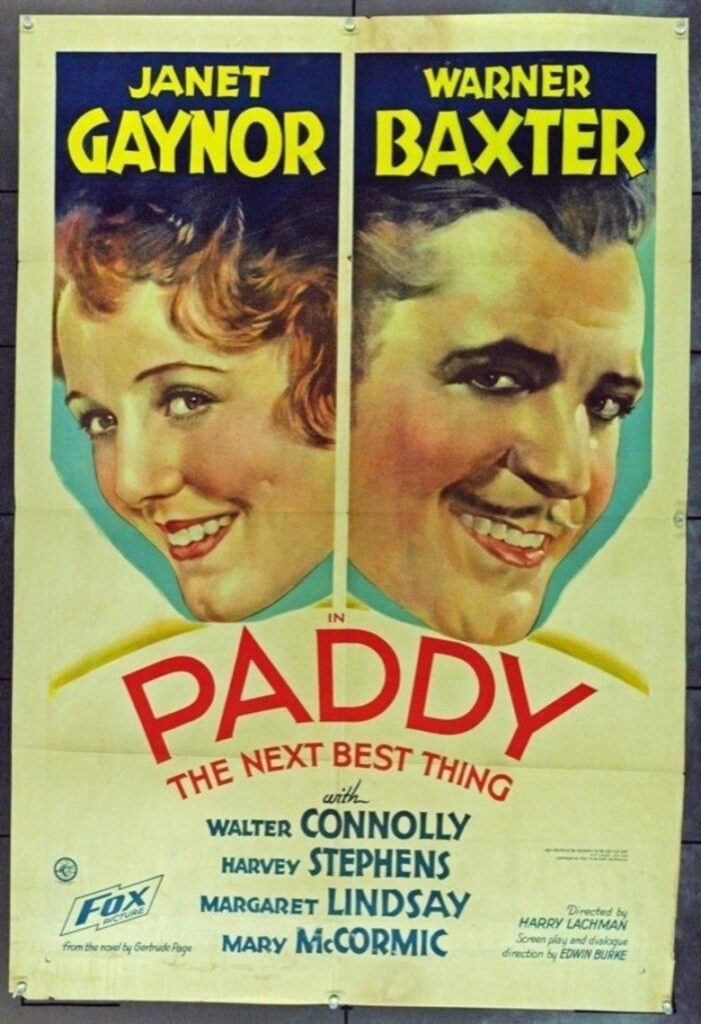
Although generally benevolent, the novel is very much an English person’s view of Ireland, complete with colourful locals, although the main protagonists are of the Anglo-Irish gentry. It is not surprising that the novel focuses on them as Page belonged to that class through her husband, Alexander Dobbin. A relative, Leonard Dobbin, was an agent for a local landlord, while his own family owned extensive lands in Co. Armagh. As was always the case with the Anglo-Irish gentry, money worries and the necessity for suitable marriages dominated their lives, as they do the characters in the novel. Page came to know the Carlingford Lough area because she spent holidays with the Dobbin family in Drumullagh House in Omeath (It was demolished in 2007 after being destroyed by fire).
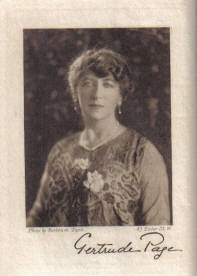
The Paddy of the title is Patricia, a tomboy who is the next best thing to the son that her father, a retired army general, wanted. The story swirls around her, her family and friends. Although rooted around Carlingford Lough, it is partly set in India and London. It portrays an Ireland not too dissimilar from that of Somerville and Ross, of an Anglo-centric landed gentry who have a sense of detachment from the community around (or rather beneath) them, and who hope to pursue a career somewhere in the British Empire. This a society of yachting trips, coming out balls and tea parties. The love story is conventional and has a happy ending in a wedding. In fairness, Page writes well and the book is entertaining. The modern reader may have problems with the ‘Oirish’ aspects but the plot does keep you engaged through its various twists and turns.








